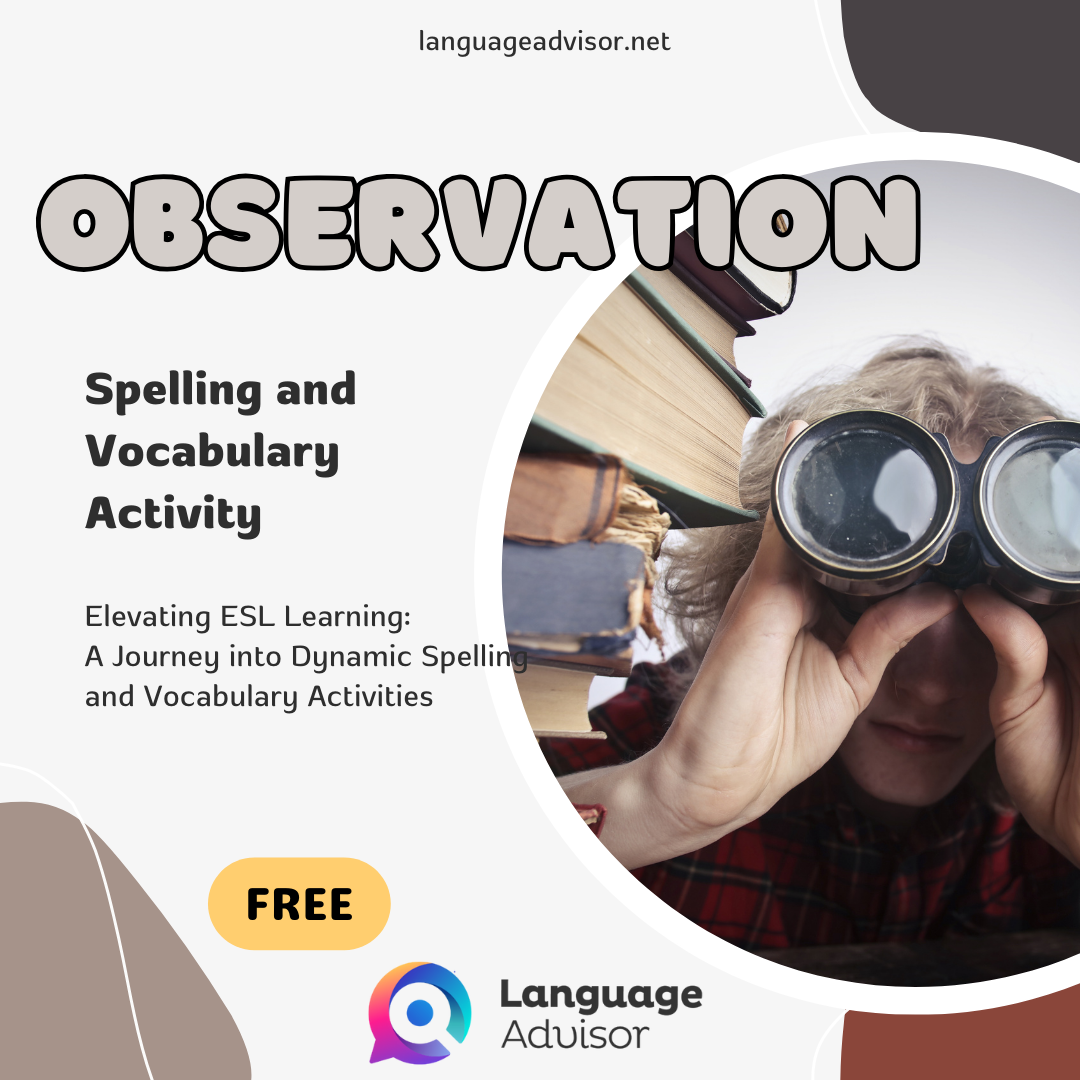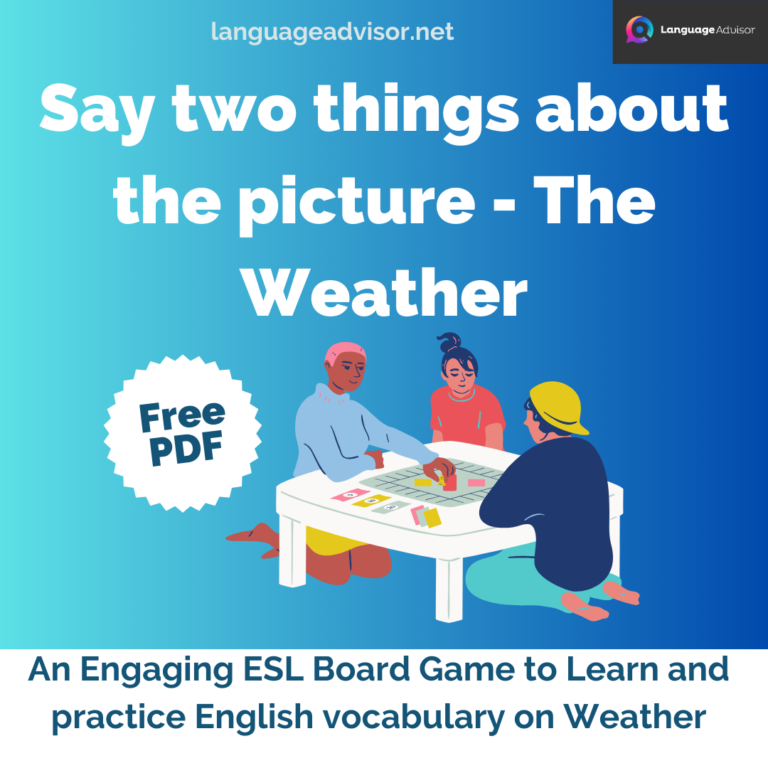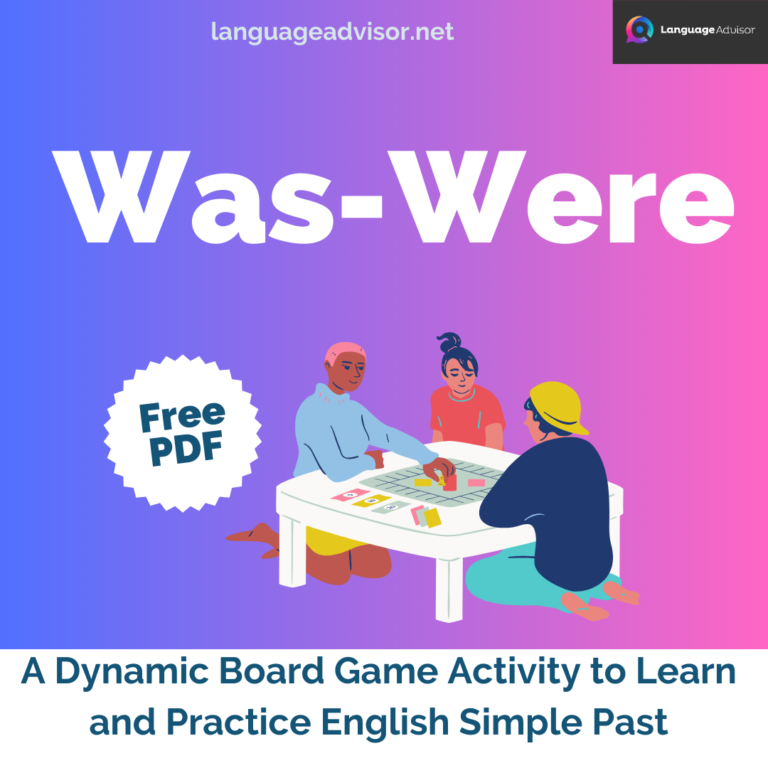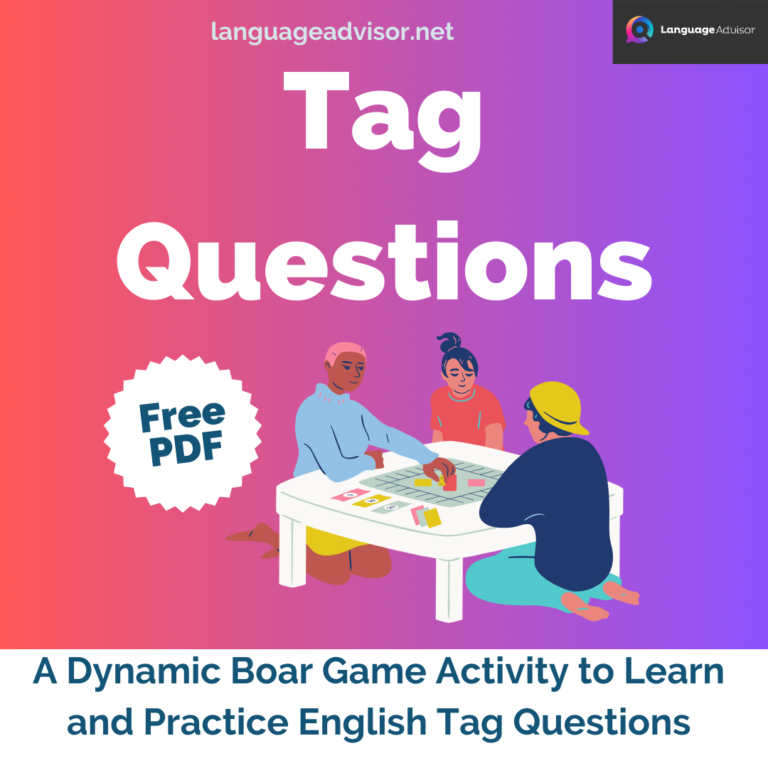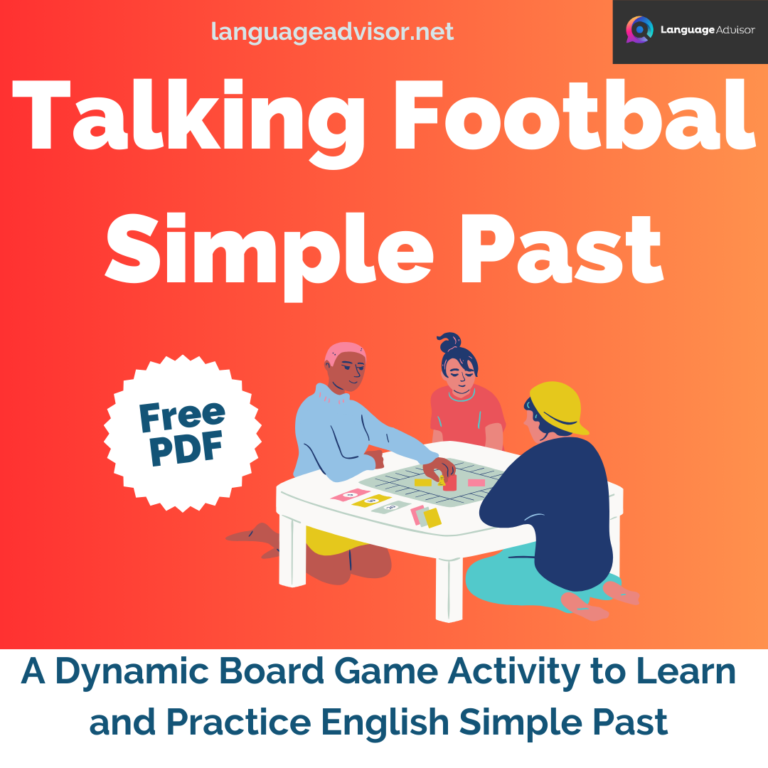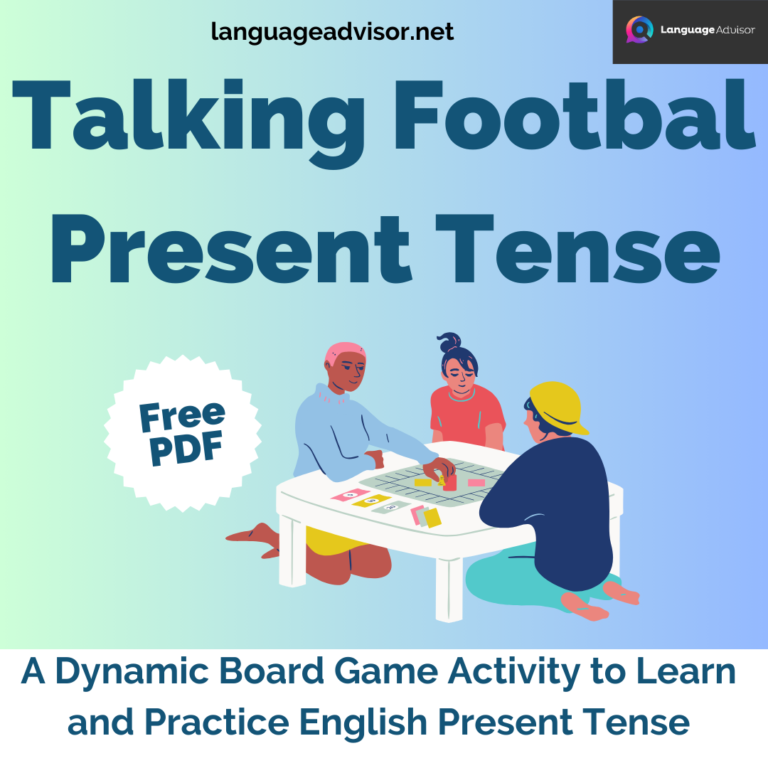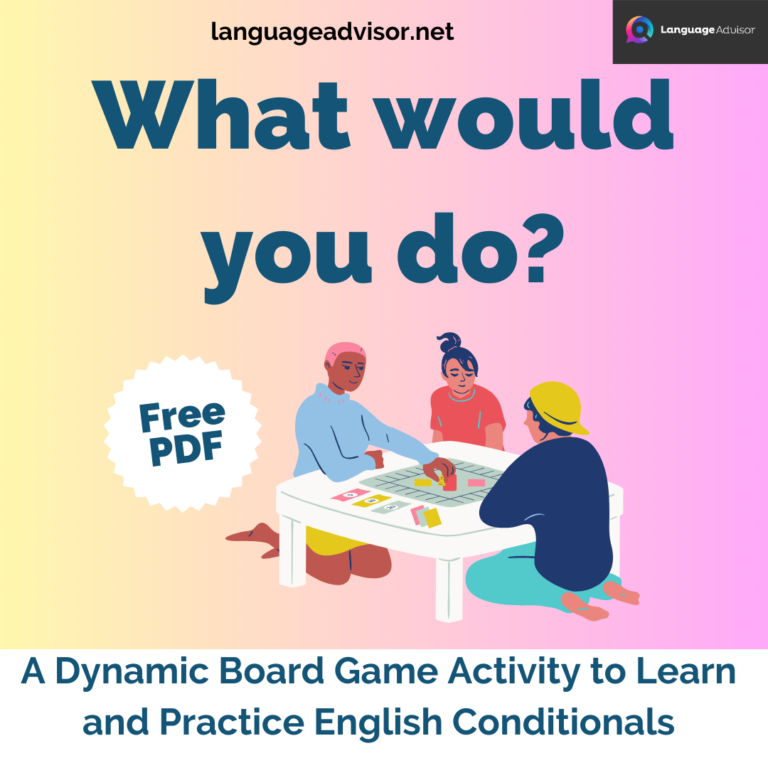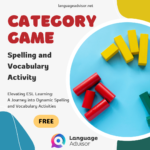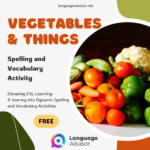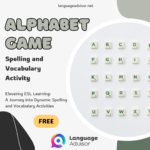OBSERVATION – Spelling and Vocabulary Activity. Elevating ESL Learning: A Journey into Dynamic Spelling and Vocabulary Activities
OBSERVATION – Spelling and Vocabulary Activity

Spelling and Vocabulary Activity
In the ever-evolving landscape of English as a Second Language (ESL) education, educators are constantly seeking innovative approaches to captivate students’ attention and deepen their understanding of the intricacies of language. One cornerstone of linguistic proficiency lies in the mastery of spelling and vocabulary. In acknowledging the dual significance of these language components, it becomes evident that they not only pave the way for effective communication but also serve as fundamental building blocks for overall language fluency.
In this blog post, let’s dive into a singular, immersive spelling and vocabulary activity that aims to inject vitality into ESL classrooms. Going beyond traditional approaches, we will explore a creative strategy that not only enhances language skills but also infuses an enjoyable element into the learning process. Through a unique combination of word puzzles, interactive games, digital platforms, and collaborative storytelling, this holistic activity is carefully crafted to transform the journey of mastering spelling and expanding vocabulary into a thrilling and fruitful endeavor for both educators and learners alike.
Take a look as we explore linguistic discovery, unlocking the potential for a more vibrant and effective ESL learning experience.

OBSERVATION
DESCRIPTION
This activity is suitable for intermediate/advanced level students.
Draw some pictures of yourself, or bribe some creative, manga-crazed students to do the job.
Divide the students into small teams and have them write lots of sentences about the picture. (You can determine the number of sentences according to ability.) Afterwards you can ask several students to describe the picture according to their sentences.
OPTION
This can also be an oral exercise, where each student must make a statement out loud about the picture.
MATERIALS
Pictures (either big enough for all to see or enough copies for all), paper & pencils.
OBSERVATION – REMARKS
Adapt vocabulary to make it relevant to the student’s level.

Also check out these articles on teaching, teaching methods and teaching tools


